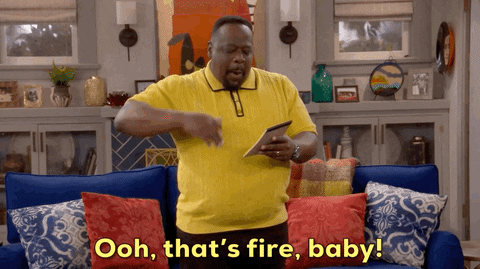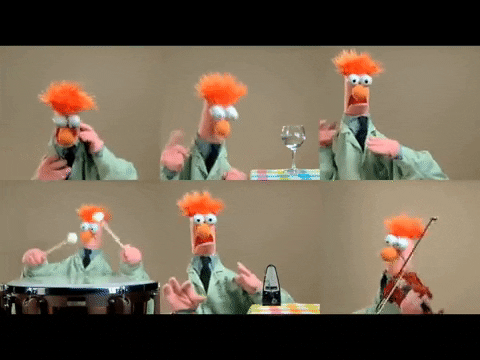Engaging dialogue is like the secret sauce of storytelling.
Whether you’re penning a novel, banging out a screenplay, or even scribbling down a personal story, nailing that dialogue brings your characters to life, propels the plot, and hooks readers in.
But let’s be real here, crafting dialogue that feels authentic and grabs folks by the collar isn’t a walk in the park.
It starts with understanding my characters.
When I wanna whip up some dialogue that hits home, I gotta know my characters like my favourite faded t-shirt.
I’m talking about getting inside their heads and giving them some depth. I dig into their backgrounds, personalities, and what makes them tick.
Once I’ve got that down, I can ensure their dialogue matches their unique flavour. From their speech patterns to their vocabulary and tone, I want to let those characters shine with dialogue that’s as real as it gets.
Subtext is where the juicy stuff lies.
It’s all about what’s simmering beneath the surface, those unsaid words, hidden intentions, and raw emotions. You know, the stuff that adds layers to the dialogue.
I avoid spelling out everything for my readers — I like to let ’em play detective, give those subtle hints, unspoken desires, and sizzling tension. Trust me, when you master the art of subtext, your dialogue will have your readers hooked like a fish on a line.
I think of dialogue tags like spices.
You gotta know how much of what to use, and not go substituting sugar with baking soda (my mother-in-law did that because according to her, “They’re both white powders”).
A little sprinkle here and there adds flavour, but don’t go overboard and drown your dialogue in the unusual ones. “Said” and “asked” are the ones that pass under the radar of readers, becoming invisible but keeping it clear who’s talking (especially in a room full of people).
The other tags will help provide context when you use the right amount and in the right place (not six green chillies in a small pot of daal, ammi!).
Ideally, I want the dialogue itself do the talking. I remember some writer once said that the ultimate level is to have no tags and it still being clear who’s talking. But that’s some god-level shit I’ve never seen in practise.
I like to give my characters something to do.
Them just standing there, chit-chatting isn’t very interesting. Showing, not telling, how my characters speak through actions, gestures, and facial expressions is how I keep things snappy, interesting, and avoid those monotonous stretches. It also helps to put a “ticking clock” on your scene that gives the reader a sense of progression.
If you give your character a task, like loading a washing machine, they’ll get up and leave the room once they’ve got all the laundry in and the machine running, leaving your other character to either say what they want to say before that, or follow them into the other room (which just gives you more action).
Chapter sixteen of Recruiting Phantom is an example of where I did this and had a lot of fun with it. It’s an argument between two characters; while one is loading up supplies, the other hobbles after her on an injured leg – and then a third character enters the scene to have a secondary argument with the injured character.
It’s all about creating a natural rhythm and pacing.
Rather than not have any tags, for me the dialogue feeling like a genuine conversation is what I strive for. I want it to flow like a river, with varying speeds and rhythms that match the situation and my characters’ personalities.
Snappy back-and-forths can ratchet up the tension (again, check out chapter sixteen of Recruiting Phantom), while slow, thoughtful exchanges let the readers dive into those introspective moments.
Oh, and I don’t want to forget about sentence structure and length. I mix things up, play with brevity and elaboration to keep the readers on their toes. The key is finding that sweet spot between real-life dialogue and a narrative that keeps turning those pages.
Injecting conflict and tension is necessary but should be done mindfully.
It’s time to get spicy with the dialogue. Conflict and tension are the secret ingredients that add some kick to the dialogue. Throwing in some disagreements, opposing viewpoints, or hidden agendas between my characters helps to make things interesting. This is the stuff that gets readers all fired up, invested in the outcome of the conversation.
And I want to let those sparks fly and watch as my dialogue drives the plot forward, leaving readers begging for more. Trust me, a little conflict can go a long way in keeping them glued to the edge of their seats, but it has to be the right thing for the right character.
I also want to give my characters their own voice.
Because every last one of them, no matter if it’s the MC or a passing extra, they all come with their own perspective and personality. And I don’t want them to sound like a bunch of clones. They all have distinct vocabularies, slang, or regional dialects that make them memorable.
And here’s a pro-tip: I always want to make sure their dialogue aligns with their goals, motivations, and background – even if it’s just a guy with a hot dog cart; his goal is still to sell you the most expensive hot dog he’s got. Consistency is key, my friend. When you show their individuality through their words, readers will be shouting, “Now that’s a character I won’t forget!”.
Last but not least, I fine-tune that dialogue. It’s like giving it a good ol’ spit shine. Ew. I know. But visceral is good. Visceral is memorable.
Once I’ve got my first draft down, I go back in there and trim the fat. I cut out any unnecessary or repetitive dialogue that’s just fluff. I keep that pacing smooth and snappy.
Oh, and I always read it out loud.
And as you do, listen to the rhythm, the authenticity. Make adjustments as needed to keep it real and engaging. Trust me, when you murder those pesky adverbs, your writing will be top-notch, and reading it out loud catches all the places where it sticks too much, or sounds wrong.
And there you have it, my secret sauce for writing engaging dialogue. From understanding my characters to embracing subtext, using dialogue tags sparingly, and creating those natural rhythms, it’s all about bringing your characters to life, propelling that plot, and keeping your readers coming back for more.
Now go on and make me proud!
Want to get more out of reading books?

Grab this FREE guide on how to start a reading journal, complete with review templates, reading trackers and bingo sheets.
Understand yourself better as a reader, engage more with the books you read & make space for creative self-expression. Get it now!





